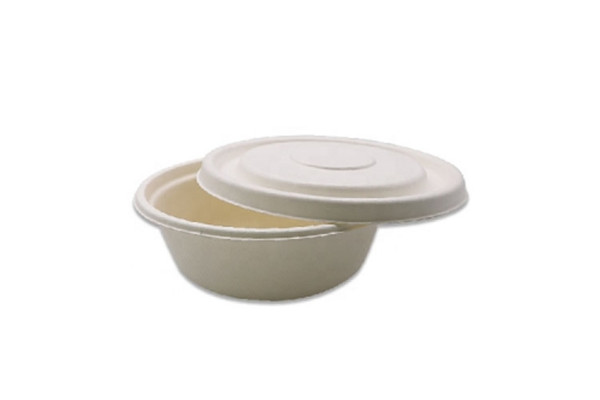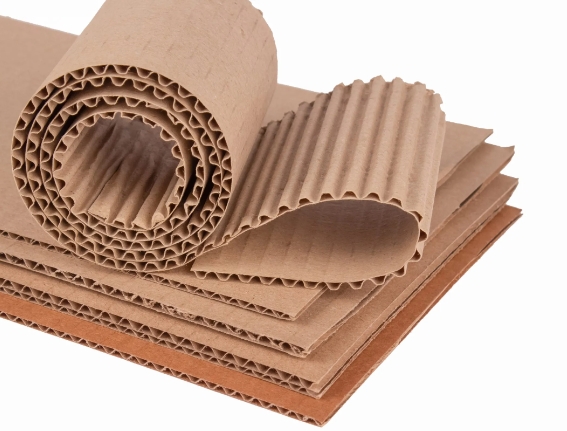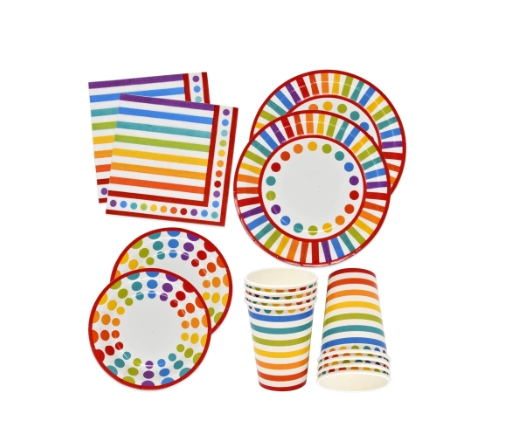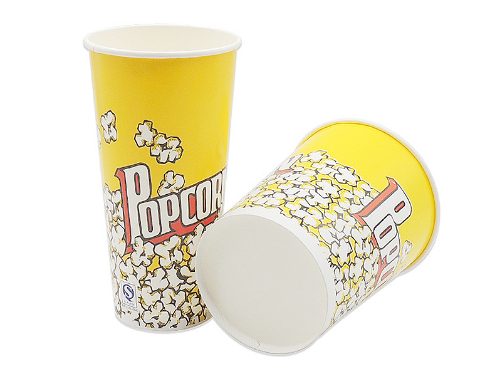Although, at present, many countries and enterprises are committed to the development of
biodegradable packaging materials, but can be used for flexible packaging of degradable materials can not be large-scale production of replacement products. We are now using flexible packaging film raw materials, basically belong to non-degradable materials. As people pay more and more attention to environmental protection, many provinces and cities have issued regulations to limit plastic or even ban plastic in some areas. Therefore, for flexible packaging enterprises, the correct understanding of degradable materials is a good use of degradable materials to achieve
green sustainable packaging premise.
 Definition and classification of degradable plastics
Definition and classification of degradable plastics
Plastic degradation refers to the environmental conditions (temperature, humidity, moisture, oxygen, etc.), its structure has significant changes, performance loss process.
The degradation process is affected by many environmental factors. According to its degradation mechanism, degradable plastics can be divided into photodegradable plastics, biodegradable plastics, photodegradable plastics and chemical degradable plastics. Biodegradable plastics can be divided into complete biodegradable plastics and incomplete biodegradable plastics.
Photodegradable plastics
Photodegradable plastic refers to the plastic material in sunlight cracking decomposition reaction, so that the material in sunlight after a period of time to lose mechanical strength, become powder, some can be further microbial decomposition, into the natural ecological cycle. In other words, after the molecular chain of photodegradable plastic is destroyed by the photochemical method, the plastic will lose its own strength and embrittlement, and then become powder through the corrosion of nature, enter the soil, and re-enter the biological cycle under the action of microorganisms.
Biodegradable plastics
Biodegradation is generally defined as: biodegradation refers to the process of chemical transformation of compounds through the action of biological enzymes or chemical degradation produced by microorganisms. In this process, photodegradation, hydrolysis, oxidative degradation and other reactions may also occur.
Biodegradable plastic mechanism is: by bacteria or hydrolase polymer material into carbon dioxide, methane, water, mineralized inorganic salts and new plastics. In other words, biodegradable plastics are plastics that degrade by the action of naturally occurring microorganisms such as bacteria, molds (fungi) and algae.
The ideal biodegradable plastic is a kind of polymer material with excellent performance, which can be completely decomposed by environmental microorganisms and finally become a part of the carbon cycle in nature. That is, the decomposition into the next level of molecules can be further decomposed or absorbed by natural bacteria, etc.
The principle of biodegradation is divided into two classes: first, there is a biophysical degradation, when microbial attack after erosion of polymer materials, due to the biological growth thin made polymer components hydrolysis, ionization or protons and split into pieces of oligomer, the molecular structure of the polymer is changeless, the polymer biophysical function of the degradation process. The second type is biochemical degradation, due to the direct action of microorganisms or enzymes, the polymer decomposition or oxidative degradation into small molecules, until the final decomposition of carbon dioxide and water, this degradation mode belongs to biochemical degradation mode.
Biodestructive degradation of plastic
Biodestructive degradable plastics, also known as collapse plastics, are a composite system of biodegradable polymers and general plastics, such as starch and polyolefin, which are combined in a certain form and are not completely degraded in the natural environment and may cause secondary pollution.
Completely biodegradable plastics
According to their sources, there are three types of fully biodegradable plastics: polymer and its derivatives, microbial synthetic polymer and chemical synthetic polymer. At present, starch plastic is the most widely used compound flexible packaging.
Natural biodegradable plastics
Natural biodegradable plastics refer to natural polymer plastics, which are biodegradable materials prepared from natural polymer materials such as starch, cellulose, chitin and protein. This kind of material comes from various sources, can be completely biodegradable, and the product is safe and non-toxic.
Based on the degradation of different ways and the requests of different tregions, now we have agreed that the biodegradable packaging is the need to fully biodegradable. And being buried or composting biodegradation ways, will require existing plastic material degradation for materials such as carbon dioxide, water and mineralized inorganic salts. It can easily be absorbed by nature or recycle again by nature.
Carlos Gomez
Paper products developer
Professional development and testing of packaging product specifications, improve testing efficiency
Click to contact me
 3046
3046 13
13

 The Diversity of Corrugated Boxes Packaging
The Diversity of Corrugated Boxes Packaging
 Health Concerns With Disposable Paper Plate Usage
Health Concerns With Disposable Paper Plate Usage
 Understanding PE Coated Paper
Understanding PE Coated Paper
 Versatile Bamboo Sticks: Types, Uses, and Benefits
Versatile Bamboo Sticks: Types, Uses, and Benefits